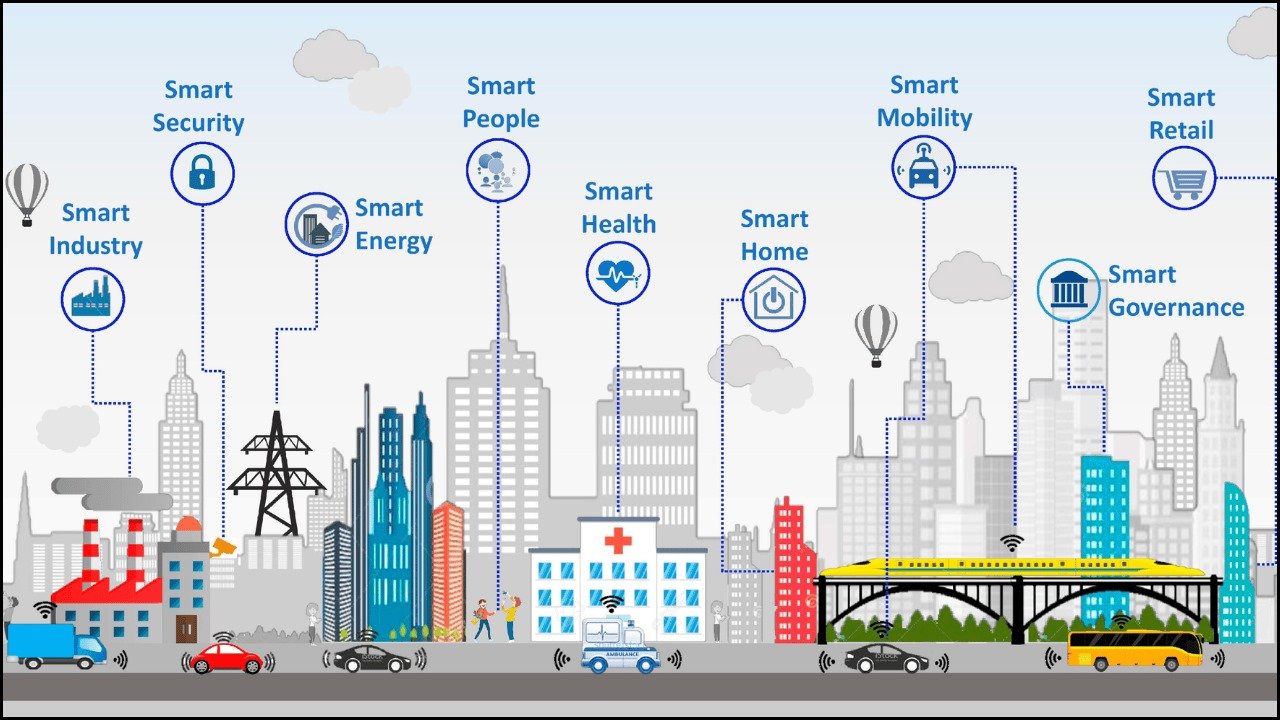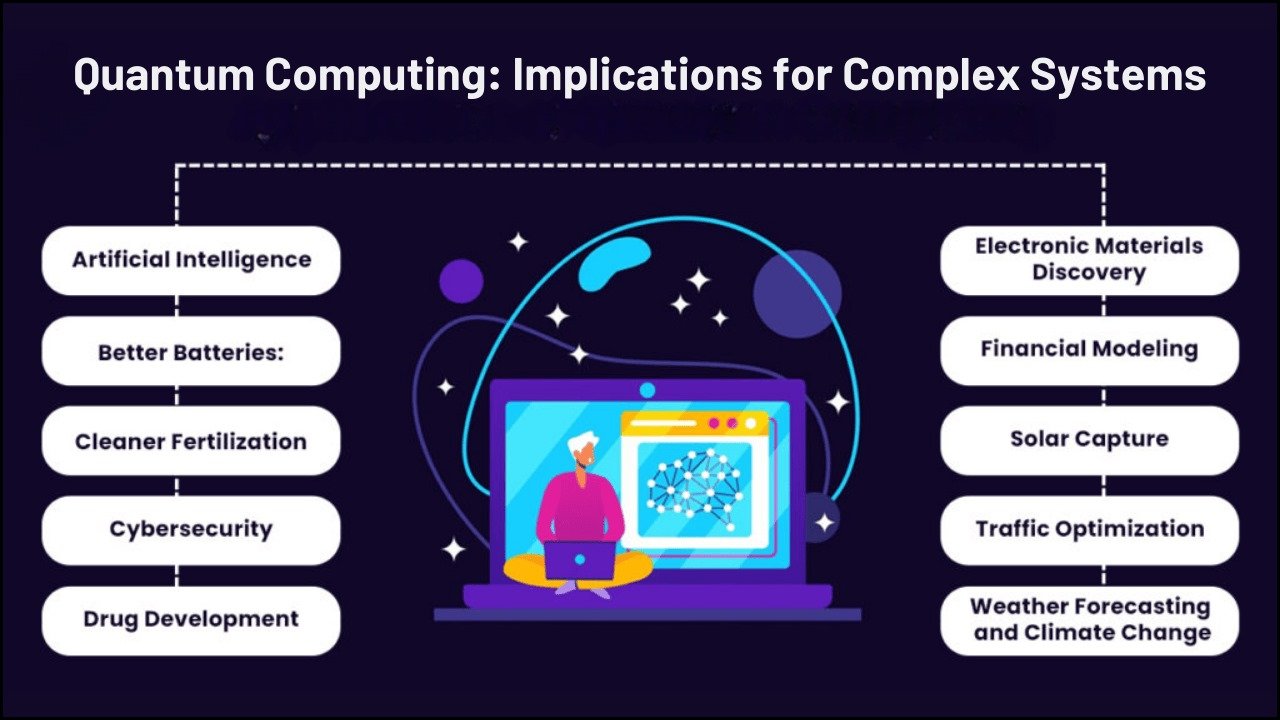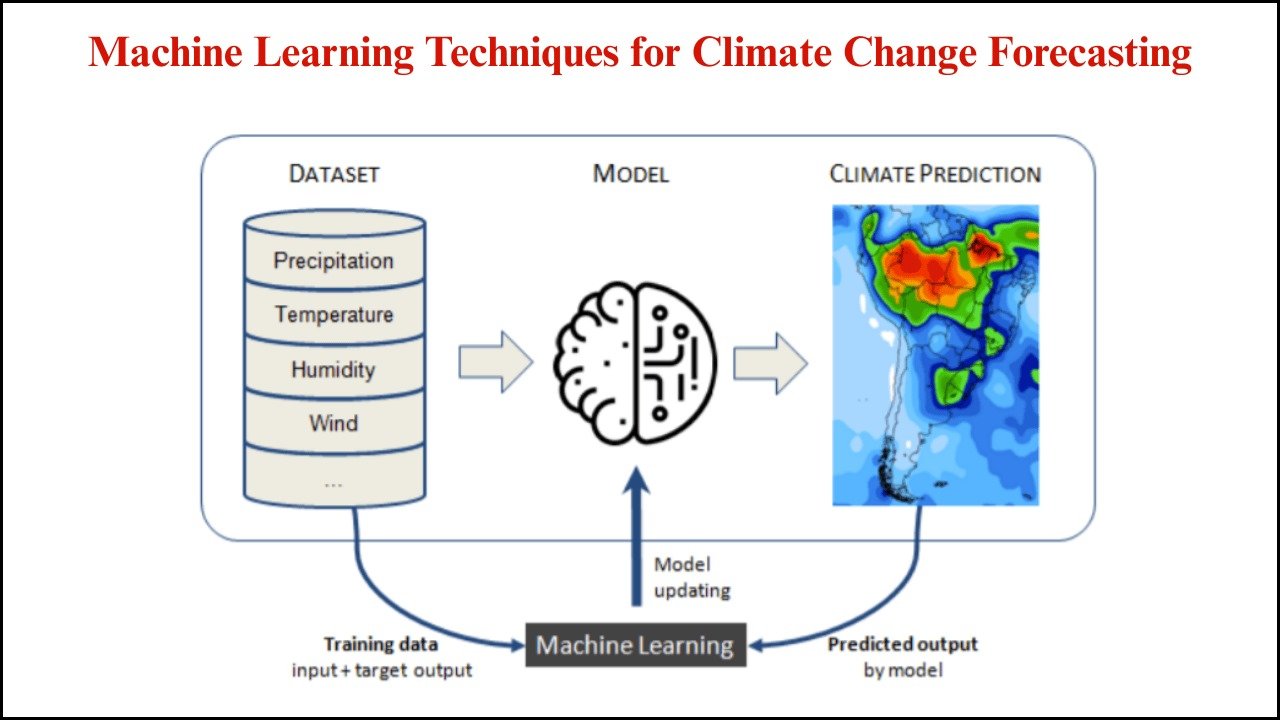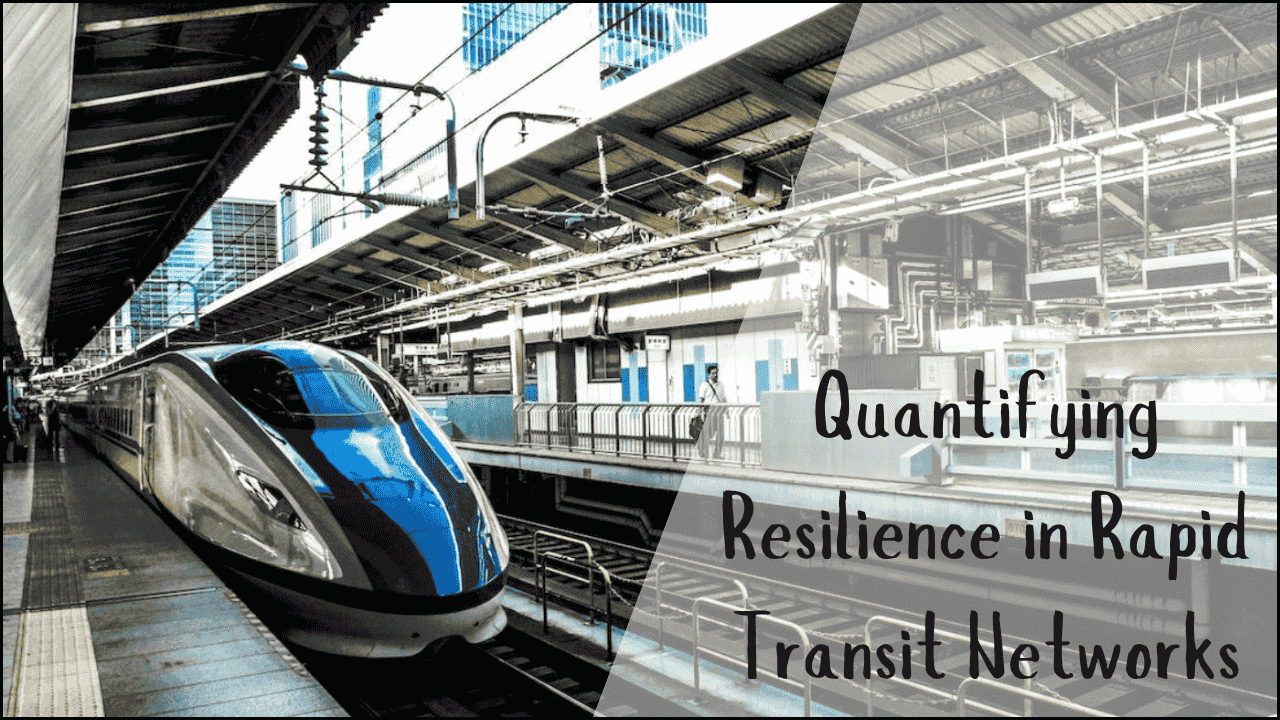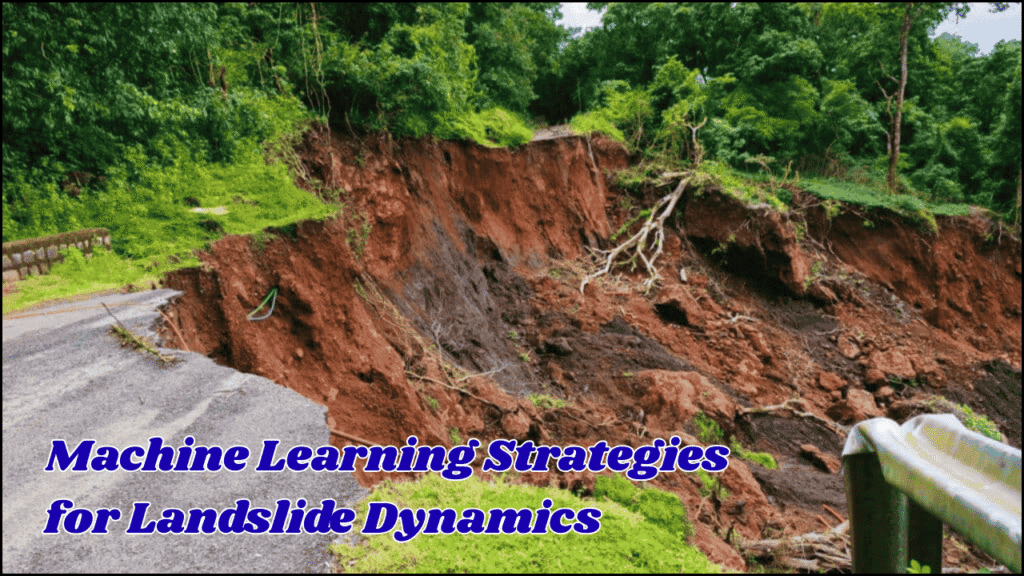
Landslides represent one of the most dangerous natural hazards, with devastating effects on human lives, infrastructure, and ecosystems. Traditional approaches to predicting and mitigating landslides often relied on geological surveys, field observations, and statistical analysis. Machine learning has recently emerged as a transformative tool in understanding landslide dynamics, enabling researchers to handle vast datasets, model nonlinear interactions, and predict events with higher precision. This article explores innovative machine learning strategies applied to landslide dynamics, their advantages, limitations, and potential applications.
Table of Contents
Key Aspects of Landslide Dynamics
- Complex processes involve interactions between soil, rock, vegetation, hydrology, and climate.
- Triggering factors include rainfall, earthquakes, land use changes, and slope instability.
- Data challenges such as sparse records, high variability, and uncertainties hinder traditional predictive models.
- Machine learning solutions can manage large-scale, heterogeneous datasets to uncover hidden patterns.
Machine Learning Strategies for Landslide Analysis
1. Supervised Learning Approaches
- Algorithms are trained on labeled datasets containing historical landslide occurrences and non-occurrences.
- Useful for landslide susceptibility mapping and risk classification.
Examples:
- Decision Trees, Random Forests, Gradient Boosting Machines.
- Support Vector Machines (SVM) for binary classification of landslide-prone vs. stable slopes.
2. Unsupervised Learning Approaches
- Algorithms work without pre-labeled data, grouping terrain or geospatial features into clusters.
- Useful when historical landslide records are incomplete.
Examples:
- K-means clustering for terrain segmentation.
- Hierarchical clustering for grouping slopes with similar instability factors.
3. Deep Learning for Landslide Dynamics
- Neural networks capture nonlinear and spatiotemporal relationships.
- Suitable for remote sensing imagery, time-series rainfall data, and dynamic landslide evolution modeling.
Examples:
- Convolutional Neural Networks (CNN) for landslide detection from satellite imagery.
- Recurrent Neural Networks (RNN) and Long Short-Term Memory (LSTM) for rainfall-induced landslide prediction.
4. Ensemble Learning
- Combines multiple algorithms to improve prediction accuracy and reduce bias.
- Particularly effective in heterogeneous landscapes.
Examples:
- Random Forest combined with Gradient Boosting for high-resolution susceptibility maps.
- Stacking models that integrate machine learning outputs with geotechnical knowledge.
5. Hybrid and Physics-Informed Machine Learning
- Integrates machine learning with physical landslide models to improve interpretability.
- Bridges the gap between data-driven predictions and domain knowledge.
Examples:
- Using hydrological models with neural networks to simulate rainfall–slope interactions.
- Coupling finite element analysis with ML-based risk classifiers.
6. Transfer Learning and Domain Adaptation
- Applies knowledge from one region or dataset to another, useful where local data is scarce.
- Helps in scaling predictive models across diverse geographical terrains.
7. Real-Time Monitoring with ML
- Machine learning models process live sensor data such as ground vibrations, rainfall gauges, and satellite feeds.
- Enables early warning systems for disaster mitigation.
Comparison of Machine Learning Strategies
| Approach | Key Algorithms | Applications in Landslide Dynamics | Advantages | Limitations |
|---|---|---|---|---|
| Supervised Learning | Random Forests, SVM, Decision Trees | Susceptibility mapping, classification | High accuracy, interpretable | Needs labeled data |
| Unsupervised Learning | K-means, Hierarchical Clustering | Terrain segmentation, pattern detection | Useful with limited labels | Less precise |
| Deep Learning | CNN, RNN, LSTM | Remote sensing, rainfall modeling, and spatiotemporal analysis | Captures nonlinear features, scalable | Requires large datasets |
| Ensemble Learning | Gradient Boosting, Random Forest ensembles | Risk modeling, susceptibility prediction | Reduces bias and variance | Computationally expensive |
| Hybrid Models | ML + physical models | Dynamic landslide simulation | Improves interpretability | Requires domain expertise |
| Transfer Learning | Pre-trained CNNs, domain adaptation methods | Cross-regional prediction | Useful with limited data | May reduce accuracy if domains differ |
| Real-Time ML | Online learning, sensor-driven models | Early warning systems | Real-time monitoring, actionable | Needs robust infrastructure |
Data Sources for Landslide ML Models
- Remote sensing images from satellites such as Sentinel-1 and Landsat.
- Digital Elevation Models (DEMs) provide slope, aspect, and curvature information.
- Rainfall and hydrological records as triggers for slope failure.
- Geological maps indicating rock type, soil properties, and fault lines.
- Field survey data validating susceptibility and hazard maps.
Advantages of Machine Learning in Landslide Dynamics
- Scalability: Can handle regional and global datasets efficiently.
- Accuracy: Outperforms traditional statistical models in predictive tasks.
- Automation: Reduces reliance on manual surveys and subjective interpretations.
- Adaptability: Can integrate multisource data, including climate and seismic inputs.
- Early warnings: Real-time sensor data combined with predictive models provides life-saving alerts.
Limitations and Challenges
- Data scarcity in remote or underdeveloped areas.
- Overfitting risks when models are not generalized across terrains.
- Interpretability issues with black-box models like deep neural networks.
- Computational costs for training and deploying complex architectures.
- Dependence on ground truth data, which may be incomplete or inconsistent.
Future Directions in Machine Learning for Landslides
- Explainable AI (XAI): Improving transparency of deep learning predictions for better trust among geologists and policymakers.
- Integration with IoT: Leveraging Internet of Things devices for continuous monitoring of slopes.
- Climate change modeling: Incorporating long-term climate projections into landslide susceptibility predictions.
- Federated learning: Training models collaboratively across multiple regions without sharing sensitive local data.
- Multi-hazard modeling: Considering landslides in combination with floods, earthquakes, and human-induced activities.
Case Studies
- Himalayan Region: Random Forest models successfully mapped susceptibility zones using DEMs, rainfall, and land use data.
- Japan: LSTM networks integrated with rainfall time series predicted rainfall-induced landslides more accurately than traditional regression.
- Italy: CNN models analyzed high-resolution satellite imagery to detect active landslide zones.
- Taiwan: Hybrid ML-physical models simulated typhoon-triggered landslides with high reliability.
Closing Reflections
Machine learning has transformed the study of landslide dynamics by offering scalable, accurate, and adaptable tools for risk assessment, prediction, and monitoring. Integration of diverse datasets, advanced algorithms, and real-time monitoring systems ensures more reliable early warning systems and hazard management strategies. Continuous advancements in explainable AI, hybrid modeling, and IoT-driven monitoring will further strengthen resilience against landslide disasters worldwide.


